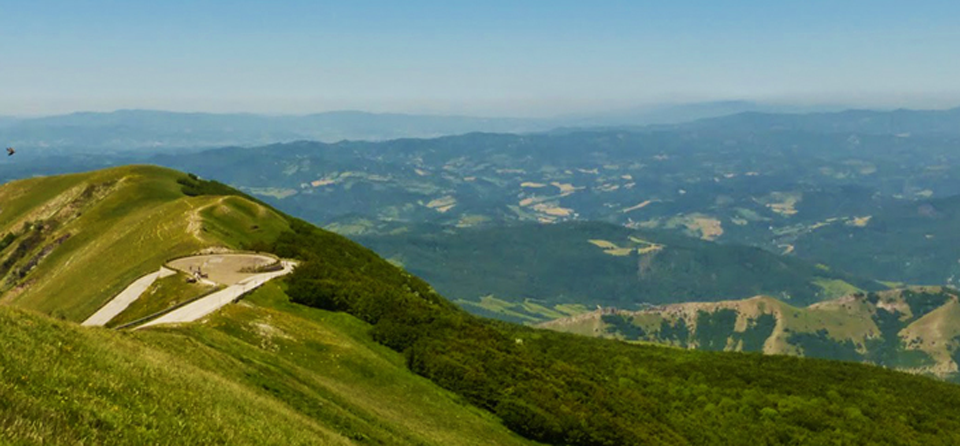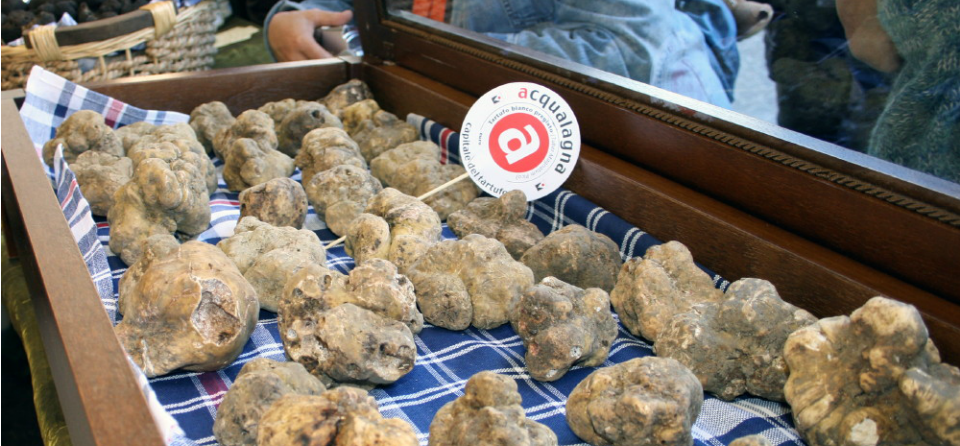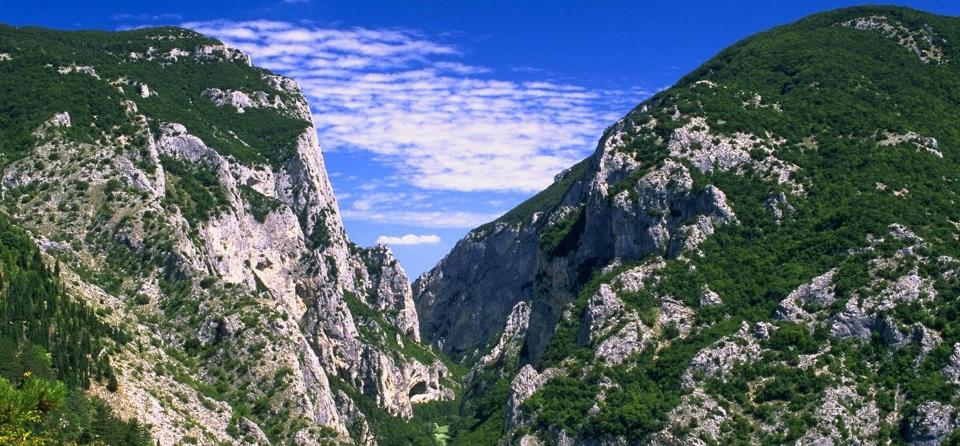- Phone: 0721/796741
- Mail: a.conti@comune.acqualagna.ps.it
- Web: http://acqualagna.com/
Acqualagna
Member of the Italian National Network
The small city of Acqualagna (pop. 4,000), located just a few kilometres from the magnificent Furlo River Gorge, is known for its centuries-old tradition of truffle gathering, production and marketing. Truffle collectors and merchants who operate on all of the world markets have their offices here or conduct the larger part of their business from Acqualagna. The Acqualagna truffle market has become the preferred venue for the wholesale of truffles: 2/3 of the entire national production (5/600 quintals of all types of truffles) are traded here. The countries which especially prize the product include Germany (the largest European consumer), Belgium, Holland, France (which produces large quantities of black truffles in the South), USA and Canada.
Geografic area
Those who visit Acqualagna to experience the sweetness and the flavour of the truffle, find themselves surrounded by the stupendous scenario of the Furlo Reserve, the territory of the “ Comunità Montana del Catria e Nerone” (Consortium of the municipalities of Mounts Catria and Nerone), the renaissance city of Urbino and the Adriatic sea, which is only a few kilometres from the city. The beauty of the surrounding areas and the aroma of truffles make Acqualagna a truly special place.
The Furlo reserve encompasses 3,600 hectares of woods, grasslands and uncontaminated mountain peaks and it is the third largest protected area in the Pesaro-Urbino Province.
Held to be an authentic paradise by all, it is crossed by the Candigliano river which winds its way through the massive rock walls of the Gorge where the beauty of the landscape comes together with prodigious naturalistic riches which boast truly unique examples of flora and fauna like the golden eagle, the peregrine falcon, the wallcreeper which cohabit with wolves, roe-deer, fallow deer and wild boar. The vegetation which cover the peaks of the massif is mainly made up of oak-woods with downy oak, hop hornbeam, flowering ash, sycamore and whitebeam. The riverine habitat is also variegated and the forest, the grasslands and brush are teeming with wildlife.
History
Acqualagna is rich in history. Take a day to discover and visit the St. Vincent Abbey, also called “Pietrapertusa”, built in the IX century by the Benedictine Monks and renovated by Abbot Bonaventura in 1271. Also worth visiting are the monumental ruins of the old Flaminian Road built in the III century B.C. by the Roman consul Caius Flaminius, and the Tunnel opened through the rock in 76 D.C. by the Roman emperor Vespasianus. The Fortress on the Candigliano, a long viaduct dating back to the age of Augustus, also merits a visit. If we retrace the history of Acqualagna through time, we discover that the city’s roots go back to an ancient past which has left important vestiges, especially in the vicinity of one of the main roadways that connected Rome to the Adriatic: the Flaminina Road.
The ancient road, constructed in the III century B.C. by the consul Caius Flaminius, crosses over 5 kilometres of what is today’s Acqualagna, where one of its side lanes was the site of the Roman unicipality of Pitinum Mergens. Between 1995 and 1997 several excavations, conducted by the University of Urbino in collaboration with the Marche Region Superintendency of Archaeology, brought to light the findings of a Roman farm (rural villa), built in the Republican age and inhabited, with alternating fortunes, up to the late Imperial age. The ruins of the Imperial Age Farm, and the underlying construction dating to the II century B.C. are conserved in the Pitinum Mergens Antiquarium” which offers the visitor a detailed look at the functions and daily life of a roman farm through the everyday objects and agricultural tools on display.
The “Antiquarium” also conserves rich documentation on the extinct city of Pitinum Mergens, on the construction of the farm and on how they were discovered. Archaeological finds can also be seen in the village of Furlo, where ancient vestiges are found in every corner.
Economy
Artistic stonecutting, a centuries-old tradition which traces its roots to the ancient Furlo stonemasons, has a particular significance among the activities which have made Acqualagna famous in the world. According to several studies carried out by historians and academicians, thanks to their skill and to the easy availability of the material from the area “quarries”, the stonemasons of Furlo were called upon for the realisation of important works and architectural structures in Urbino. Since then, artistic skill has been combined with the most modern and sophisticated machining techniques which favour the realisation of articles recognized and appreciated not only in Italy, but also in northern Europe, the United States and Japan.
Events
“Truffles all year round” in Acqualagna is not just a saying, but a true professional business and a real chance for the public to sample this product. Three important fairs are held in this small city in the Marche region in correspondence to the harvest periods of the different product varieties.
• The National
White Truffle Fair
October and November
• The Regional Superior
Black Truffle Fair
the second to last Sunday of February
• The Regional Summer Black
Truffle Fair
First Sunday in August
During the three fairs, 2/3 of the entire domestic product is traded (approximately 500-600
quintals of all types of truffles).
Traditional recipe
“Acqualagna Tagliatelle (ribbon noodles) with Truffles”
Serves 4
400 gr. Tagliatelle
100 gr. butter
50 gr. white truffle
meat broth - grated parmesan
cheese salt to taste
Melt the butter until it sizzles, add a few spoonfuls of broth, salt to taste. Add the truffle, remove from heat and add the parmesan. Cook the noodles in plenty of salted water, drain them and transfer to the serving platter. Season with the truffle cream and garnish with white truffle shavings.
Representative for Cittaslow:
Angelo Conti
Tel 0721/796741
a.conti@comune.acqualagna.ps.it



